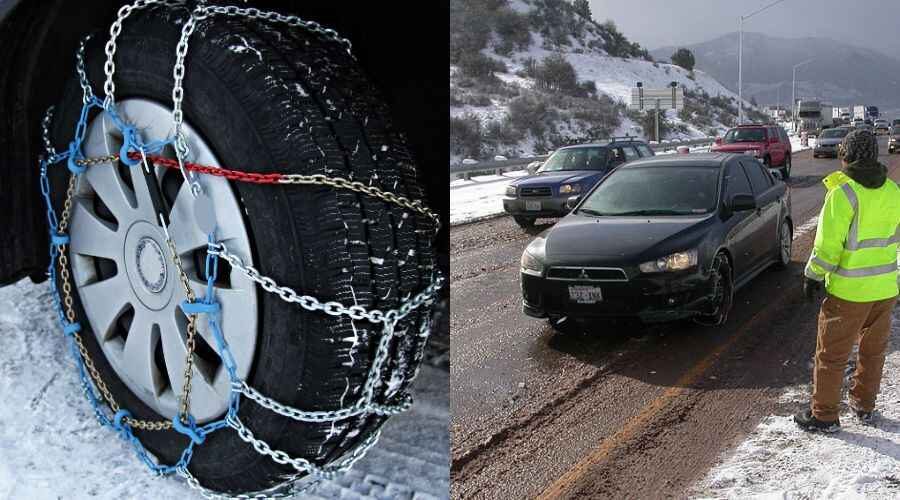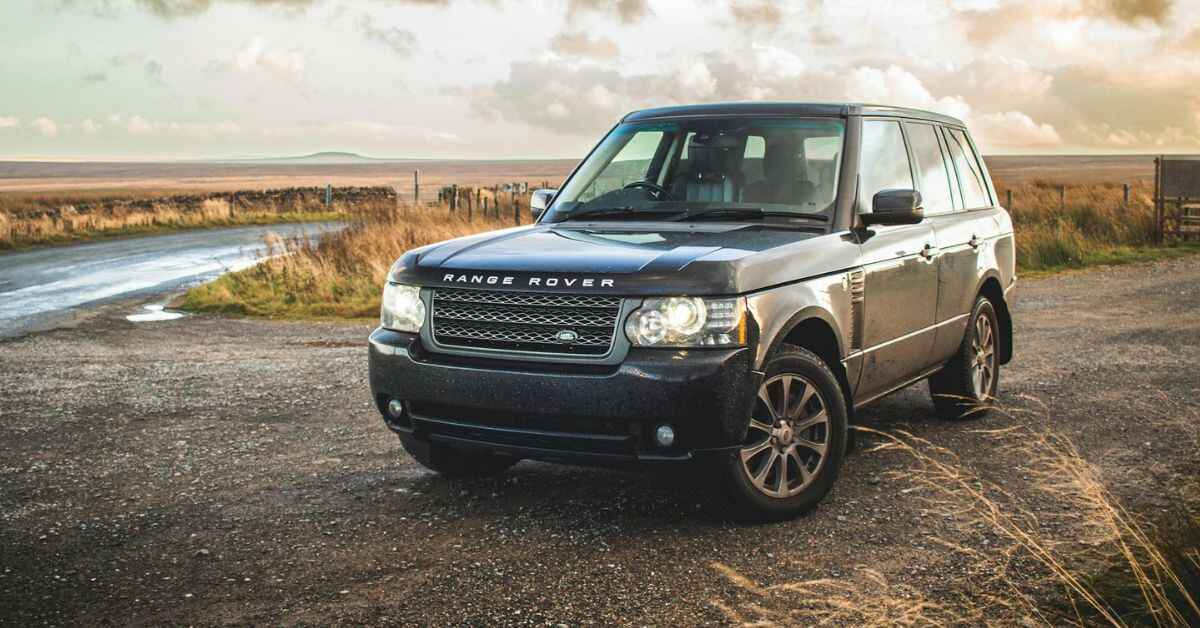Driving is an everyday activity that carries inherent risks. Thousands of lives are lost due to accidents that can be prevented. This comprehensive guide of safe driving tips will provide you with essential, life-saving tricks that can dramatically reduce your risk of collision and protect yourself, your passengers, and other road users.
The stark reality of road safety is that approximately 1.35 million people die in road crashes annually. In the United States, over 50 M people are injured in road accidents. Safe driving is not just a skill—it’s a critical life-saving practice.
Top 10 Safe Driving Tips for Your Safety
1. Alcohol and Driving: Zero Tolerance
Sobering Statistics
Drunk driving remains one of the most preventable yet devastating public safety issues in the United States. Statistics paint a horrifying picture of the human cost of alcohol-related traffic fatalities. According to the National Highway Traffic Safety Administration (NHTSA), about 32% of all auto accident fatalities involve alcohol-impaired drivers. In 2024, 13,524 people died in road accidents due to the mischievous act of drunk driving.
How Alcohol Destroys Driving Performance
- Blurred vision
- Double vision
- Impaired decision-making
- Risk assessment
- Judgment
- Reduced reaction time
- Decreased motor skills
- Decreased hand-eye coordination
- Lowered inhibitions
- Potential loss of consciousness
- Complete cognitive breakdown
Prevention Strategies
Even small amounts of alcohol impair judgment, so you must not drink while driving. One might say he or she does not cross the legal drinking limit. However, it should be understood that legal limits do not equal safe driving.
Never drink while you drive. If you drink, then use ride-sharing services to get home. You can designate a sober driver while you are drunk. You can stay overnight in a hotel, motel, or a friend’s place.
Why People Still Drive Drunk
After knowing all this, people still drive drunk. One of the main reasons is overconfidence in personal abilities. People also underestimate alcohol’s impact. They want to avoid the inconvenience of alternatives. Social pressure is a vital reason for driving drunk. They lack a comprehensive understanding of risks.
Emerging Prevention Technologies
So, what can you do to prevent this? You can use ride-sharing apps. In your car, you can install vehicle ignition interlock systems. You can organize or attend various community awareness programs. Workplace and social responsibility initiatives can be taken.
2. Manage Speed Effectively: Slow Down to Stay Safe
The Deadly Impact of Speeding
Speeding is not just a traffic violation—it’s a life-threatening behavior that dramatically increases the risk of fatal accidents. The infamous public service campaign’s message rings truer now than ever: “Speed Kills.”
Every mile per hour over the speed limit increases the accident probability by 4-5%. Higher speeds exponentially increase your crash risk. You might think that speeding will save you time, but the truth is that minimal time is saved versus maximum potential consequences.
Speed is a primary factor in fatal accidents. You should manage speed and increase stopping distance. Speeding reduces reaction time, so manage it properly. It also amplifies collision severity. Over 26% of traffic fatalities happen because of speeding. So, please manage your speed very effectively and stay safe.
Shocking Statistical Insights
- $1.4 trillion annual economic impact of speeding-related crashes
- 29% of fatal crashes involve speeding
- 42,939 lives lost in speed-related accidents in 2021
Speed Management Techniques
Always look for the speed limits and obey the posted limits. Reduce your speed in residential areas, school zones, construction zones, and bad weather conditions. You can use cruise control on highways to maintain consistent speed.
3. Eliminate Distracted Driving: Your Full Attention Saves Lives
The Dangers of Distraction
Distracted driving has emerged as one of the most critical public safety challenges in the United States, transforming seemingly innocent activities into potentially life-threatening risks.
Distracted driving kills a lot of people on the road. National Highway Traffic Safety Administration (NHTSA), said that when a driver texts, he takes his eyes off the road for an average of 5 seconds. That means at 55 mph speed, you are driving the length of a football field blindfolded. Also, this kind of driving causes over 3,000 fatal crashes annually.
The Shocking Statistical Landscape
- In 2022, for distracted driving 3,308 people died in car crashes in the United States.
- In these crashes approximately 289,310 people were injured.
- Potential underreporting due to increasing cell phone use
- Continuing upward trend in distraction-related accidents
Comparative Performance Analysis of Distracted Driving
- 20-year-old on cell phone = Reaction time of a 70-year-old driver
- Up to 20% delay in reaction times
- Dramatic reduction in cognitive processing speed
- Exponential increase in accident probability
The Economic Impact of Distracted Driving
Your healthcare expenses, insurance premiums, and productivity losses increase when an accident occurs.
Comprehensive Distraction Catalog
- Electronic Device Manipulation
- Eating While Driving
- Makeup Application
- Passenger Interactions
- Navigation System Usage
- Music or Podcast Controls
Why Drivers Become Distracted
People with a few years of driving experience think they are confident enough to multitask while driving. Overconfidence is the main culprit here. You have to remember multitasking is not time-efficient.
Social connectivity pressure is there. You can barely avoid a call while driving to the office. The underestimation of risk is another reason for distracted driving. People think that nothing will happen if they drive and eat simultaneously. But they do not realize that it can cause a major accident. Distracted driving has become a regular habit these days.
Practical Strategies to Avoid Distractions
You should enable “Do Not Disturb” mode on your smartphone when you drive. You can also use hands-free technology if the call is necessary. You should park your vehicle in a suitable place to make calls or send messages. You can also set up navigation before starting your journey. Do not eat and groom when you are driving. Avoid complex interactions while driving. Treat driving as a primary task. Cultivate patience within yourself.
Nationwide Enforcement of Legal and Safety Implications
- State-level cell phone usage laws
- Increasing legislative restrictions
- Significant penalties for violations
- Public awareness campaigns
Cultural Shift: Redefining Driving Expectations
Distracted driving should be stigmatized. Peer-to-peer accountability should be there. Workplace safety programs can be organized.
4. Seatbelt and Passenger Safety
The Life-Saving Power of Seatbelts
Seatbelts stand between life and potential tragedy in vehicular accidents.
Shocking Statistical Landscape
- Over 50% of accident fatalities involve unrestrained passengers
- 70% of fatal crash victims aged 13-15 were not wearing seatbelts
- Overwhelming evidence demonstrates seatbelt effectiveness
Seatbelt Effectiveness
- Reduces serious crash injuries by 50%
- Prevents ejection during accidents
- Works with airbag systems
How Seatbelts Save Lives
Seatbelts distribute the collision force across the strongest body areas. It prevents uncontrolled body movement. Thus it minimizes the impact risks.
Why People Avoid Seatbelts
People avoid seatbelts for their perceived inconvenience, discomfort, false sense of invincibility, and lack of understanding about risks.
Comprehensive Safety Approach
Always wear seatbelts while driving. Ensure all passengers of your vehicle are wearing seatbelts. Use appropriate child safety seats for your beloved children. Adjust the headrest to the proper height.
Nationwide Enforcement of Legal and Safety Implications
- Mandatory seatbelt laws
- Significant penalties for non-compliance
- Increased public awareness campaigns
- Insurance implications
Technological Advancements in Seatbelt Design
- Pre-tensioning systems
- Load-limiting technology
- Advanced buckle mechanisms
- Integration with airbag systems
- Smart seatbelt sensors
Practical Usage Guidelines
- Proper positioning across the pelvis and chest
- Snug but comfortable fit
- Regular maintenance and replacement
- Teaching proper usage to children
5. Maintain a Safe Following Distance
Why Following Distance Matters
Maintaining proper following distance is a crucial life-saving practice. Every driver must master it. It is your primary defense against sudden stops and potential collisions. This distance provides critical reaction time. You can maneuver your car when unexpected road conditions arise. If you follow this rule you can reduce the risk of rear-end collisions.
Implementing the 3-Second Rule
To implement the 3-second rule you should choose a fixed point ahead like a road sign or tree. When the vehicle in the lead crosses that point, start counting to three. When you cross that point before counting to three, you should keep more distance.
You must increase the following distance in bad weather, heavy traffic, night driving, and large vehicles driving.
Extended Following Distance Requirements
- Night driving: 6 seconds
- Rainy conditions: 6 seconds
- Snow or ice: 8-10 seconds
- Heavy fog: 10+ seconds
Common Following Distance Myths
- “Closer following saves time”
- “Experienced drivers need less space”
- “Modern brakes need less distance”
- “SUVs can stop faster”
Technology and Following Distance
Modern vehicles have adaptive cruise control. They have a warning for forward collision. Automatic emergency braking is one of their key features. They also have distance monitoring systems.
Expert Recommendations
- Increased distance for larger vehicles
- Adjustments for vehicle weight
- Speed-specific modifications
- Road condition adaptations
6. Master Defensive Driving Techniques
The Defensive Driving Mindset
Aggressive driving has become a critical safety concern on modern roads, transforming everyday commutes into potentially dangerous encounters. The solution lies in adopting defensive driving practices.
Defensive driving is about predicting and avoiding potential hazards. Always have an escape route. You should constantly scan the road. You should be able to predict other drivers’ potential mistakes. You must stay calm and patient when an emergency occurs.
Statistical Insights
Nowadays, young male drivers show higher aggression rates. Aggressive behavior significantly increases accident risk. Road rage incidents are also rising annually.
Common Aggressive Behaviors
- Intentional tailgating
- Unsafe lane changes
- Hostile gestures
- Headlight flashing
- Deliberate obstruction
- Verbal confrontations
Core Principles
You should predict other drivers’ actions, maintain safe distances, practice patience, yield when uncertain and stay calm under pressure.
Financial Benefits
- Insurance premium discounts
- Reduced fuel consumption
- Lower vehicle maintenance costs
- Fewer traffic violations
- Accident prevention savings
Cultivating Road Harmony
You can maintain road harmony by practicing empathy, remembering the human element, accepting minor delays, focusing on safety, and maintaining perspective.
Key Defensive Driving Strategies
- Plan trips with extra time
- Stay in lanes when possible
- Use turn signals consistently
- Maintain steady speed
- Allow merging space
- Check mirrors every 5-8 seconds
- Look 12-15 seconds ahead while driving
- Be prepared to brake or maneuver
- Never assume other drivers will make the right choice
- Stay out of other vehicle’s blind spots
7. Prioritize Vehicle Maintenance: Your Lifeline on the Road
Why Vehicle Maintenance Matters
Maintenance is essential for your vehicle’s longer life. It also ensures safety on the road.
Critical Maintenance Checks
Regular vehicle maintenance prevents unexpected failures:
- Tire pressure and tread depth
- Brake system inspection
- Wheel Alignment
- Tire Rotation and Balance
- Oil and fluid levels
- Battery health
- Headlight and signal functionality
- Windshield wipers



Maintenance Schedule
Follow your car manufacturer’s recommended service intervals. Then get your car serviced. Conduct monthly basic checks. If you see any warning lights, address them immediately. Keep the maintenance records handy.
8. Prepare for Adverse Weather Conditions
Understand Adverse Weather
Extreme weather presents some of the most dangerous driving scenarios, transforming familiar roads into potentially life-threatening environments. You have to have the skills to navigate these conditions properly.
Weather-Related Driving Strategies
Different weather conditions require specialized driving approaches:
- Rain: activate windshield wipers, ensure headlight functionality, reduce speed, increase following distance, watch for standing water, and minimize hydroplaning risk
- Snow: Use winter tires, drive slowly, practice gentle acceleration, carry an emergency kit, and understand snow chain usage
- Fog: Use low beam headlights, reduce speed, listen to traffic sounds, avoid sudden movements
- Wind: Maintain firm steering control
- Icy roads: Avoid sudden steering, minimize brake usage, understand skid recovery techniques, maintain momentum, use winter tires, drive slowly


When to Drive, when to Stop, Where to Stop
Assess your personal driving experience and recognize your limitations. Evaluate weather severity and if needed consider delegating driving responsibilities to others. Identify a safe pullover location that is well-lit and visible. Avoid dangerous roadside positions.
Emergency Preparedness
- Carry an emergency kit
- Include blankets, water, flashlight
- Keep phone charged
- Understand your vehicle’s safety features
Mental Resilience in Extreme Conditions
Stay calm, practice situational awareness, suppress panic responses, and make calculated decisions.
9. Night Driving Safety: Visibility is Key
Night Driving Challenges
- Reduced visibility
- Increased fatigue
- Higher risk of animal crossings
- Potential drunk drivers
Night Driving Tips
Ensure your headlights are clean and aligned. Ensure the windshield is clean. Reduce your vehicle’s speed. Avoid looking directly at oncoming headlights. Take breaks during long night drives.
10. Understand and Use Advanced Safety Technologies
Modern Vehicle Safety Features
- Adaptive cruise control
- Lane departure warning
- Automatic emergency braking
- Blind spot monitoring
- Backup cameras
Technology Implementation
- Understand your vehicle’s features
- Practice using safety technologies
- Don’t rely solely on technology
- Stay actively engaged while driving
Conclusion: Safe Driving Tips in Your Journey
Safe driving is not about perfection but consistent, mindful practice. These ten tips provide a comprehensive approach to reducing risk on the road.
You have to stay alert. You have to have the urge to improve your driving skills. You must prioritize safety over convenience and protect yourself and others.
Pro Tip: Consider taking a defensive driving course to enhance your skills.
Disclaimer: Driving conditions vary. Always adapt these guidelines to your specific environment and vehicle.




